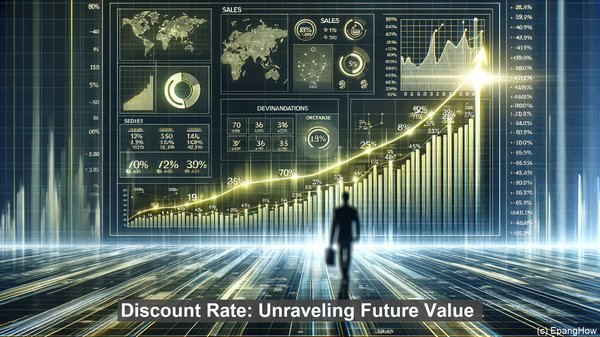Introduction: The Essence of Time and Value
Hello, everyone! In the realm of economics, time and value are inextricably linked. Today, we’ll explore the nuances between time preference and discount rate, two concepts that play a pivotal role in decision-making processes. While they may seem similar, they have distinct implications. So, let’s dive in!
Time Preference: The Power of Present
Time preference revolves around the idea that individuals generally prefer immediate gratification over delayed rewards. It’s the inclination to value something in the present more than the same thing in the future. This preference is deeply ingrained in human nature and has far-reaching consequences in various domains, including finance and consumption.
Discount Rate: Unraveling Future Value
On the other hand, the discount rate is a financial concept that quantifies the reduction in the value of future cash flows. It’s essentially the interest rate used to determine the present value of an expected future amount. By discounting future cash flows, we can compare them on an equal footing with present values, aiding in decision-making processes.

Differences in Scope and Application
While both time preference and discount rate deal with the interplay of time and value, their scopes and applications differ. Time preference is a broader concept, encompassing personal choices and societal behavior. It influences decisions like saving, investing, and even environmental conservation. On the other hand, the discount rate is primarily utilized in financial and economic analyses, such as net present value calculations and cost-benefit assessments.
Factors Shaping Time Preference
Several factors shape an individual’s time preference. Immediate needs, future uncertainty, and cultural influences all play a role. For instance, in times of economic instability, people may exhibit a higher time preference, prioritizing short-term gains over long-term investments. Understanding these factors is crucial for policymakers and businesses alike, as it helps them anticipate and respond to changing preferences.
Determinants of Discount Rate
The discount rate, often synonymous with the interest rate, is influenced by various factors. Central banks, through their monetary policies, can impact the prevailing interest rates. Additionally, market conditions, inflation expectations, and the risk associated with an investment also contribute to the discount rate. A higher discount rate implies a greater reduction in future value, reflecting higher risk or opportunity costs.
Decision-Making Implications
The distinction between time preference and discount rate has profound implications for decision-making. For individuals, it’s about finding the right balance between present enjoyment and future security. For businesses, it’s about evaluating the profitability of long-term investments. And for policymakers, it’s about designing policies that align with societal goals, considering both short-term needs and long-term sustainability.

